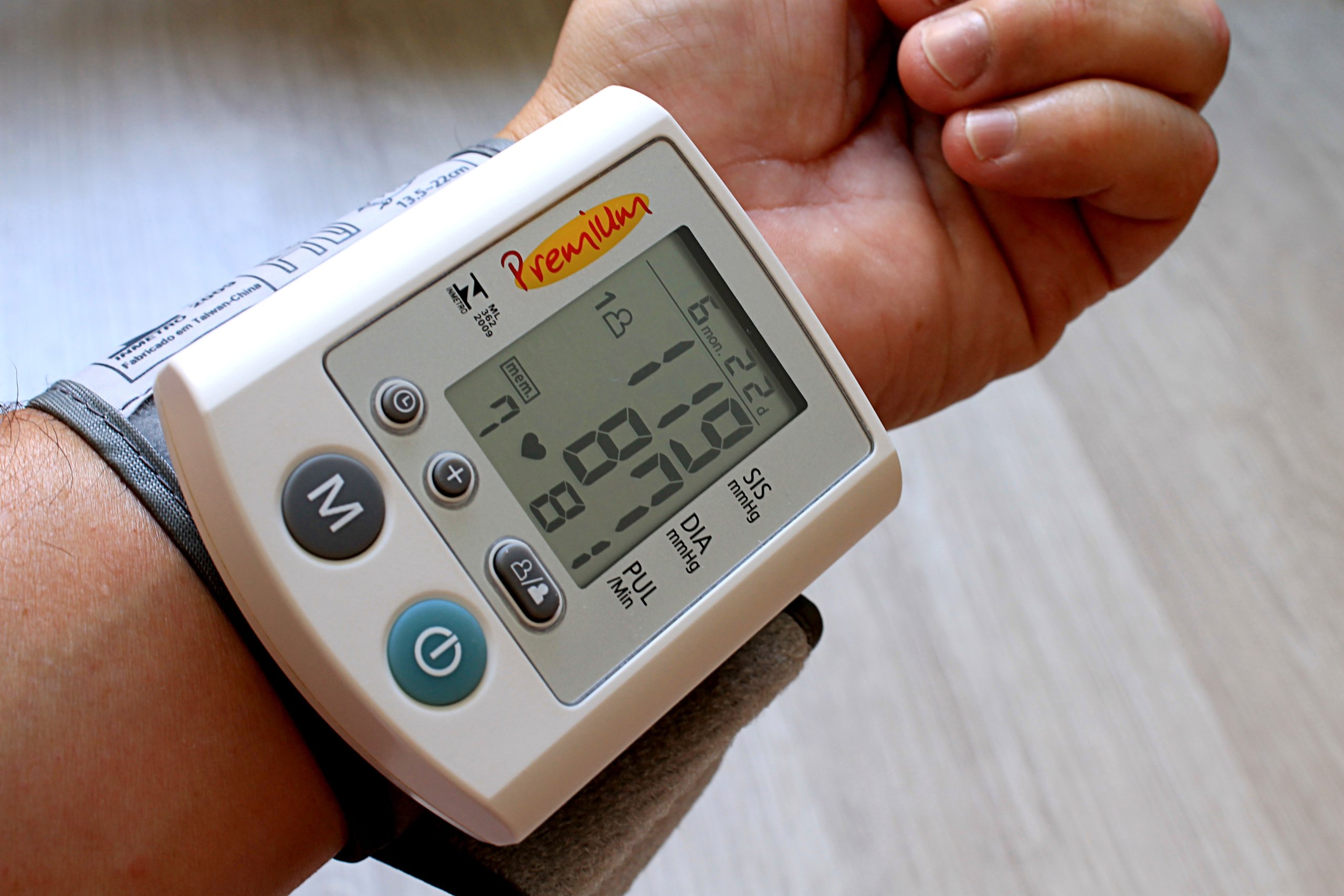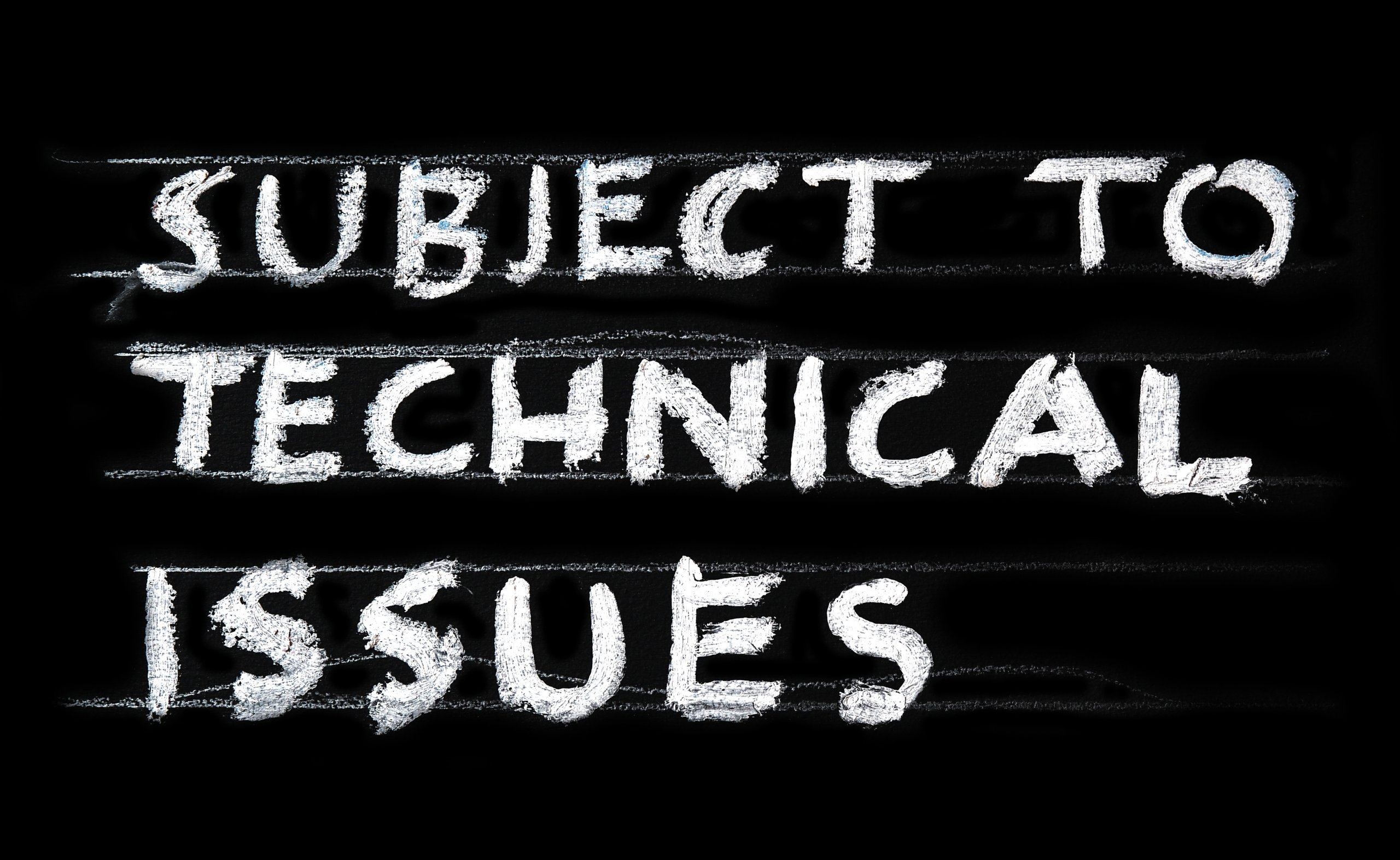 Wearables that monitor patients and their medical status are gearing up to disrupt healthcare and health tracking as we know it. The global market for medical wearables will reach $12.1 billion by 2021, with most devices being in the U.S., according to Markets and Markets.
Wearables that monitor patients and their medical status are gearing up to disrupt healthcare and health tracking as we know it. The global market for medical wearables will reach $12.1 billion by 2021, with most devices being in the U.S., according to Markets and Markets.
This astronomical figure isn’t so surprising when you consider this: With wearables on patients, doctors often report better productivity and higher job satisfaction due to many of their daily tasks being automated. But before the wearables industry can reach new heights, it needs to take care of a few longstanding issues.
A Promising Future
Wearables lessen the workload doctors face while alerting patients to potential health hazards in their daily routines. And wearables have come a long way from just a few years ago; they’re more conscious of the user, providing a better user experience for patients.
They’re usually very easy to set-up; no surgery is required. And most importantly, they’re connected to the network, sending information back to a central database where it can undergo advanced analytics to deliver unparalleled insights.
Patients usually find themselves becoming passionate and more involved in improving their health once they’re able to see their biometrics in an easy-to-digest format. “We know that patients who are better informed about their condition and are involved in their treatment tend to have better health outcomes and typically incur lower costs,” says David Betts, a national leader for customer transformation in health care at Deloitte.
Empowering patients and doctors is the ultimate goal of any medical wearable, right? Unfortunately, two major hurdles stand in the way of this objective.
Trouble in Paradise
Even though wearables have come a long way, general adoption rates are low. And most wearables are geared toward the fitness category, which boxes out most infants, adolescents, and geriatric patients.
Fitness wearable data usually doesn’t make it into a physician’s hands because the wearables aren’t FDA approved for a clinical setting. But patients seem to be open to the idea of using analytics to improve their health.
Almost 75% of people who use wearables report using them consistently, data show from a Deloitte 2018 Survey of US Health Care Consumers. And 60% of all wearables users surveyed say they’re open to sharing the private health information from the wearable with their doctor to improve their health.
Possibly most importantly for clinics and hospitals, wearables don’t generate “billable” information.
According to Waqaas Al-Siddiq, the CEO and founder of Biotricity, a MedTech development studio located halfway between San Francisco and San Jose, there are two major hurdles that wearables need to surmount: data and billing. Medical wearables need to output medical data that can help physicians get paid, while simultaneously making it easier for providers to read the wearable data for billing.
A Huge Data Discrepancy
The medical wearable industry’s success rests on the quality of data the devices output and the relevance of that data. If the data can’t be translated into a medical billing code, that dataset is basically useless. Doctors can’t use unbillable data for treatment plans or to manage conditions, and, as a result, patients suffer.
Wearables will produce copious amounts of data as user adoption increases, but most of the data isn’t really useful for providers because providers can’t trust the device’s accuracy and data’s consistency. In this case, most doctors will act cautiously and completely ignore the data generated from a patient’s wearable. Thus, creating accurate wearables is one actionable problem across healthcare.

With data privacy, storage, and security being a major concern for most modern platforms, wearable developers need to secure their data. Adding in the complexity of HIPAA (Health Insurance Portability and Accountability Act) requirements for patient data and identity protection takes the importance of data privacy up a notch. A wearable breach could result in the loss of hundreds of millions of dollars for providers and loss of patient trust in the technology.
Correct Billing Is Crucial
Generating data isn’t a problem, but making it understandable and easily readable for billing is challenging. The Centers for Medicare & Medicaid Services (CMS) says that starting in 2018, CMS will support providers who accept remote monitoring tools from their patients who use devices like wearables. They’ll also support physicians who use patient-generated data to inform the patient’s treatment plan and illness management.
By openly collaborating with the FDA and providers, wearable developers can push their devices for faster adoption of industry billing practices. Medical billing is a big industry by itself, and every billing code has specific requirements. By integrating data and patient monitoring with approved billing practices, wearables can break through to the insurance companies and modernize day-to-day patient health.
One Step at a Time
The medical wearables market has a lot to work on, but companies like Al-Siddiq’s are leading the charge. After a few wearables are approved by the FDA, Al-Siddiq thinks many more will follow. And consumers will benefit from the variety of devices and their diverse impact on health monitoring and maintenance.
But without better planning for possible cybersecurity attacks and improved integration with established billing practices, wearables aren’t in our future unless we fix these problems.
What types of medical wearables do you wish existed already? Let us know in the comments!





